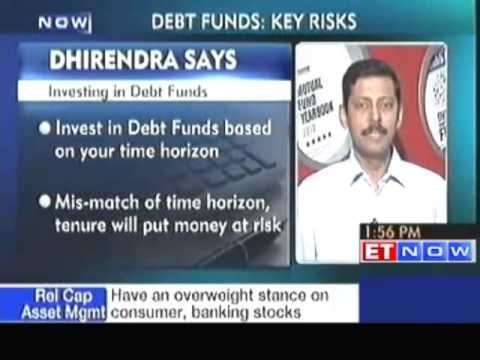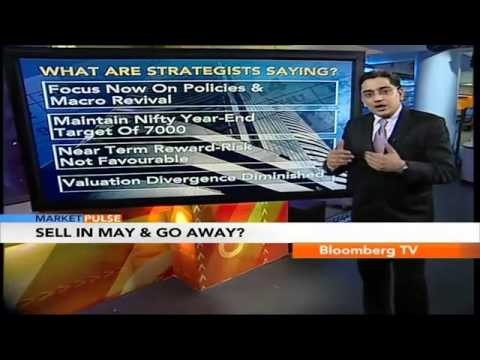Can Global Investors Profit From GDP Watching_2
Post on: 16 Март, 2015 No Comment

GB: GDP
UK economic growth provisionally slowed for a second successive quarter in the three months to December. A 0.5 percent increase in total output versus the third quarter was slightly short of expectations and the weakest rate since the fourth quarter of 2013. That said, services performed well and annual growth edged a tick firmer to 2.7 percent. Moreover, a calendar year rate of 2.6 percent was the highest since 2007.
The expenditure components are not available with the first GDP estimate but the output data showed the service sector expanding a solid 0.8 percent on the quarter to match its pace in July-September. Rather, the slowdown in overall activity was attributable to the more volatile sectors. Hence, construction (often subject to hefty revisions) shrank fully 1.8 percent and within a 0.1 percent dip in industrial production, utilities slumped fully 2.8 percent and extraction industries were off 0.6 percent. Manufacturing was actually up, albeit just 0.1 percent. Elsewhere, agriculture, forestry and fishing grew 1.3 percent and water supply and sewerage 1.2 percent.
Within services, the main private sector categories all enjoyed a strong period with distribution, hotels and restaurants advancing 1.3 percent, transport, storage and communication 1.1 percent and business services and finance 0.9 percent. Indeed, the sector as a whole would have registered a larger gain but for a zero contribution from government and other services.
Today’s results are consistent with decelerating GDP growth but probably slightly overstate the extent of the underlying slowdown. Still, having already seen CPI inflation drop to just 0.5 percent in December, the data support this month’s decision by the BoE MPC’s two hawks to withdraw their call for an immediate hike in Bank Rate. Even so, the UK economy clearly ended 2014 on a much stronger footing than most Eurozone countries and with financial markets still digesting the implications of the ECB’s adoption of QE and the Greek election, the pound should remain a good bet against the euro for a while yet.
Definition
Gross domestic product (GDP) is the broadest measure of aggregate economic activity and encompasses every sector of the economy. The first, or provisional, estimate will only include a breakdown in terms of the main output sectors. Subsequent estimates will provide details of the key GDP expenditure components.
Description

GDP is the all-inclusive measure of economic activity. Investors need to closely track the economy because it usually dictates how investments will perform. Stock market Investors like to see healthy economic growth because robust business activity translates to higher corporate profits. The GDP report contains a treasure-trove of information which not only paints an image of the overall economy, but tells investors about important trends within the big picture. These data, which follow the international classification system (SNA93), are readily comparable to other industrialized countries. GDP components such as consumer spending, business and residential investment, and price (inflation) indexes illuminate the economy’s undercurrents, which can translate to investment opportunities and guidance in managing a portfolio.
Each financial market reacts differently to GDP data because of their focus. For example, equity market participants cheer healthy economic growth because it improves the corporate profit outlook while weak growth generally means anemic earnings. Equities generally drop on disappointing growth and climb on good growth prospects.
Bond or fixed income markets are contrarians. They prefer weak growth so that there is less of a chance of higher central bank interest rates and inflation. When GDP growth is poor or negative it indicates anemic or negative economic activity. Bond prices will rise and interest rates will fall. When growth is positive and good, interest rates will be higher and bond prices lower.
Currency traders prefer healthy growth and higher interest rates. Both lead to increased demand for a local currency. However, inflationary pressures put pressure on a currency regardless of growth. For example, if the UK reports that the consumer price index has risen more than the Bank of England’s 2 percent inflation target, demand for sterling could decline. Similarly, when the Bank of England lowers interest rates, the pound sterling weakens. (Currency traders also watch the interest rate spread between countries.)














